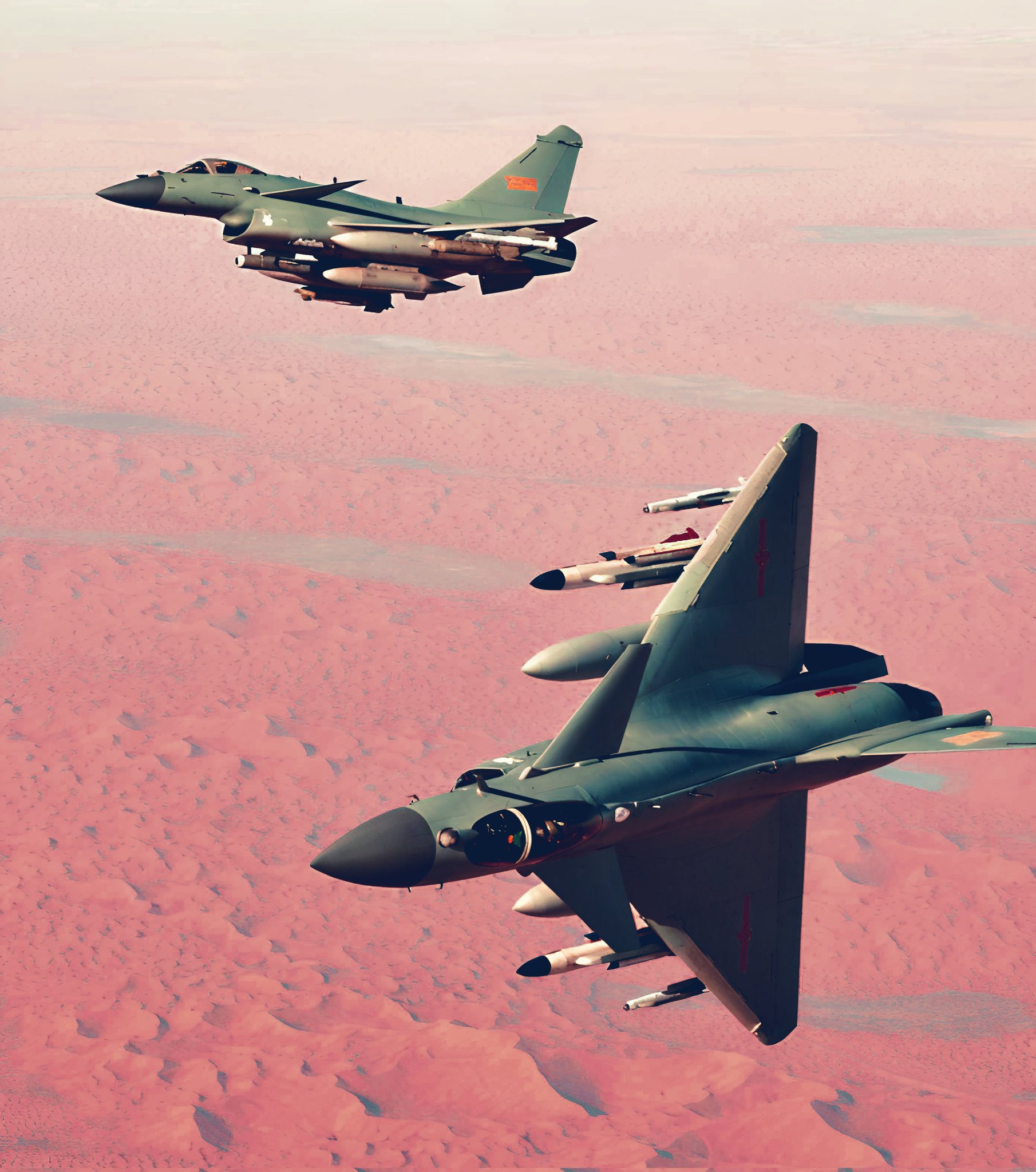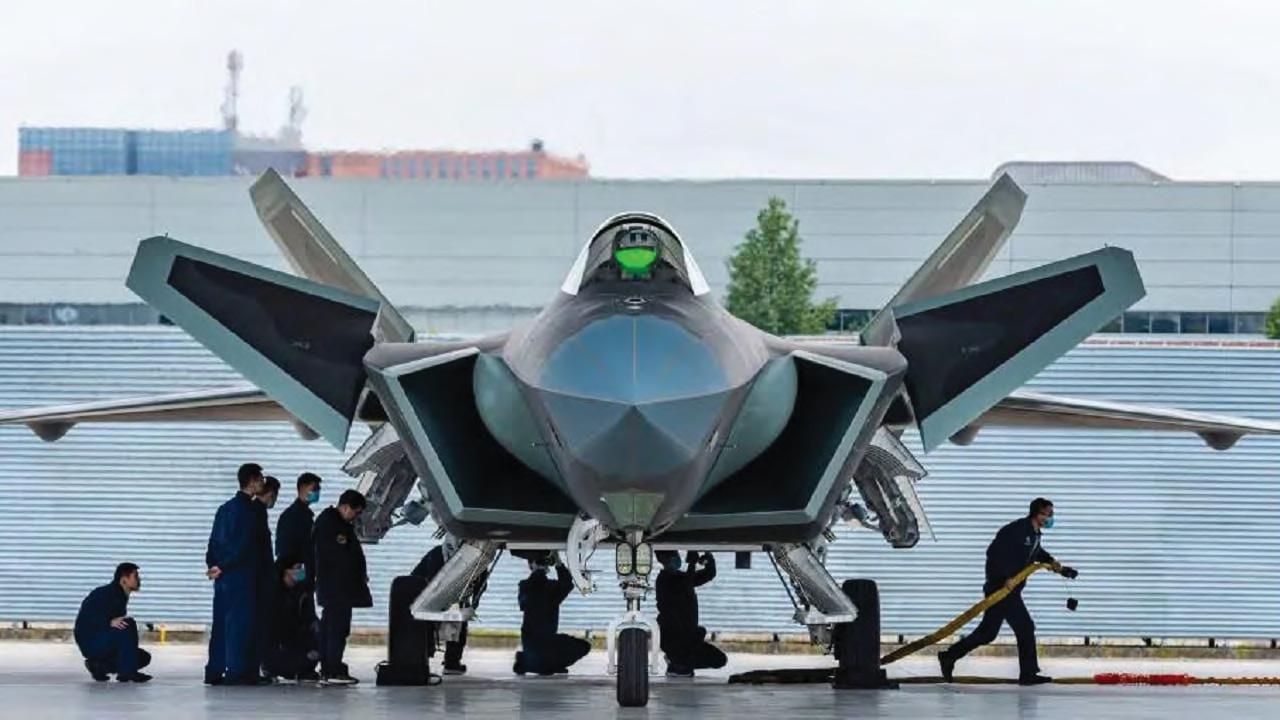Egypt Was on Verge of Acquiring F-35s in 2018—Until Israel and Pentagon Fiercely Intervened
During the Trump administration in 2018, Egypt secured a verbal commitment from President Donald Trump for the purchase of 20 advanced F-35A stealth aircraft.
(DEFENCE SECURITY ASIA) – Egypt is now actively exploring alternative avenues for acquiring fifth-generation stealth fighters after its attempts in 2018 to procure 20 U.S.-manufactured F-35 Lightning II jets were met with significant resistance from Washington.
During the Trump administration in 2018, Egypt secured a verbal commitment from President Donald Trump for the purchase of 20 advanced F-35A stealth aircraft.
However, strong objections from both the U.S. Department of Defense and Israel swiftly terminated any possibility of finalizing the agreement.
In addition to Egypt, during his first term as President of the United States, Trump also agreed to sell 100 F-35 fighter jets to Türkiye and 50 F-35s to the United Arab Emirates (UAE).
Following this disappointment, Egypt shifted its focus towards Russia, initiating negotiations to purchase 24 Su-35 fighters.
This proposed acquisition also unraveled under intense pressure from Washington, which threatened sanctions under the Countering America’s Adversaries Through Sanctions Act (CAATSA).
“Why won’t the U.S. supply Egypt with F-35 fighters similar to those delivered to Israel, particularly when it openly opposes Cairo’s deal with Moscow for Su-35 jets?” asked Major General Naser Salem, a former senior Egyptian military official, in remarks to Al-Monitor in 2020, encapsulating Cairo’s deep frustration.
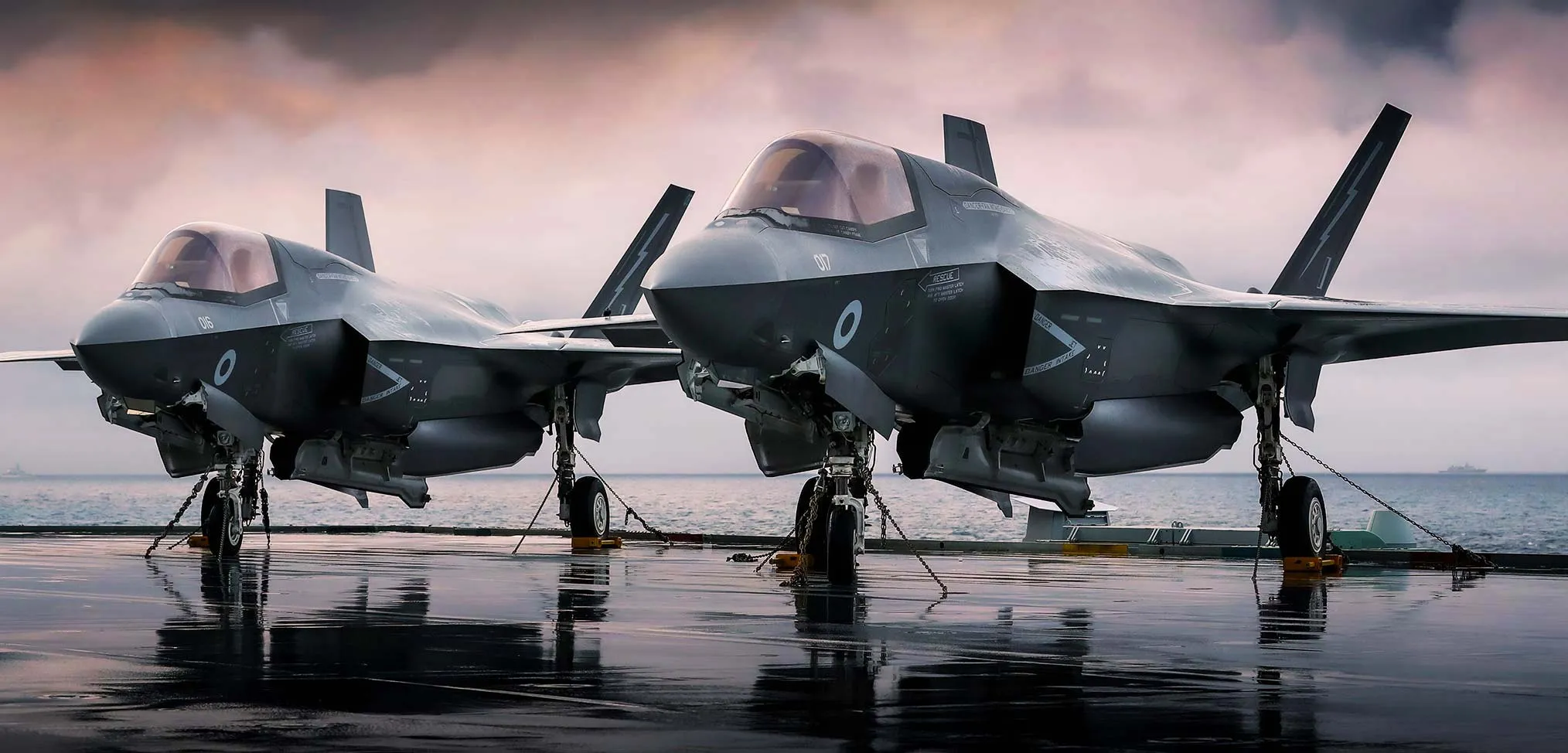
Two key U.S. legislative frameworks have significantly complicated Egypt’s aspirations to procure stealth fighters.
The first, established in 2008, legally mandates the preservation of Israel’s Qualitative Military Edge (QME) by strictly limiting sales of advanced military technologies to Middle Eastern countries.
The second, the 2017 CAATSA law, enforces sanctions on nations procuring defense equipment from states deemed adversarial by the U.S.
Thus, Egypt’s quest to acquire fifth-generation aircraft from the U.S. remains obstructed by American commitments to uphold Israel’s strategic military superiority—even despite Egypt’s longstanding peace treaty with Israel.
“From Israel’s strategic viewpoint, the F-35 poses a particular threat because it could potentially neutralize Israel’s longstanding air dominance should Egypt-Israel relations deteriorate,” defence analysts point out.
Confronted by U.S. restrictions, Egypt is now reportedly turning its attention to China to fulfill its requirements for fifth-generation fighters.
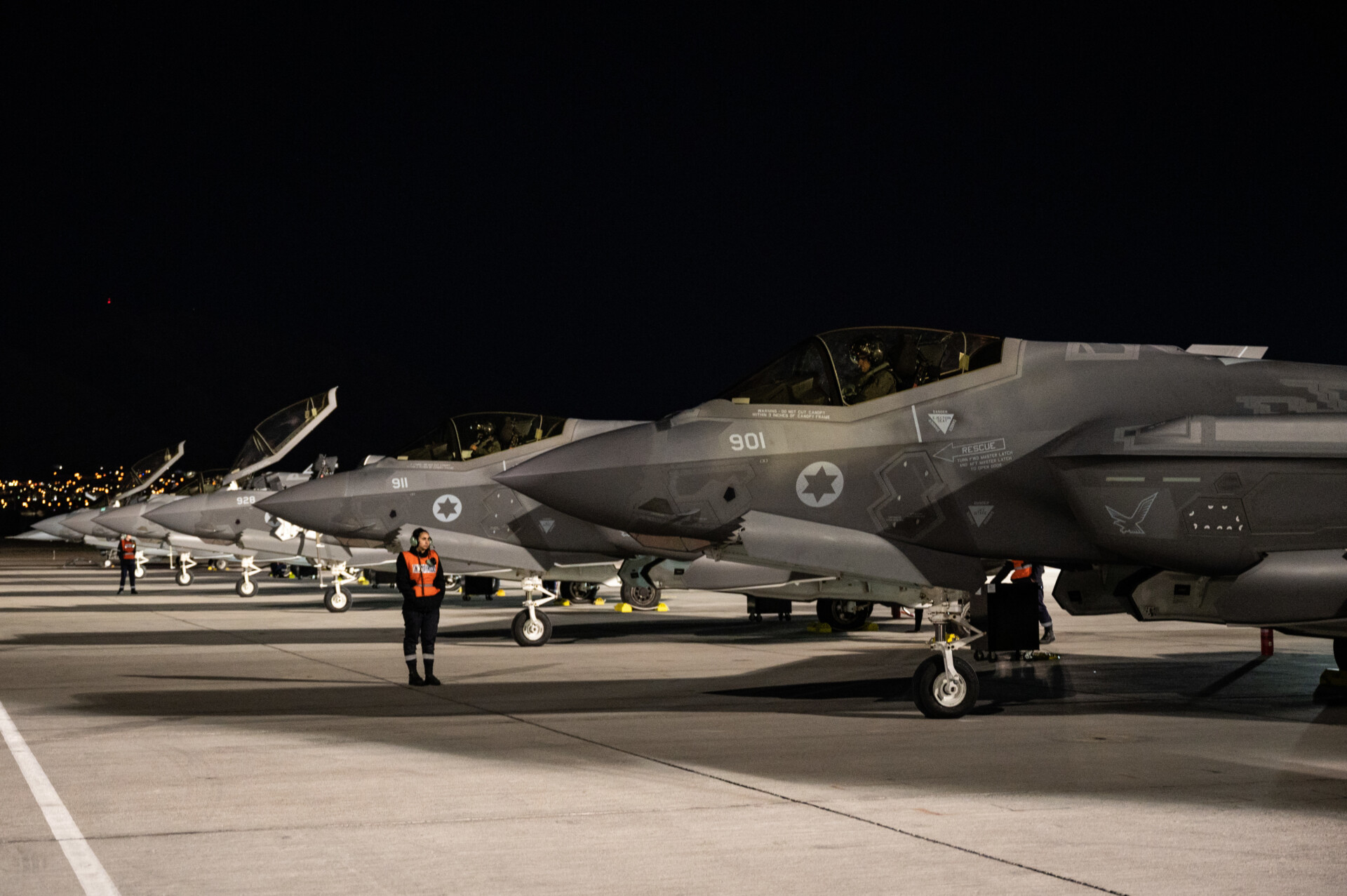
Recent reports indicate that Cairo has expressed interest in China’s FC-31 stealth fighter and its upgraded variant, the J-35A, with discussions reportedly taking place in 2024.
Late last year, China officially introduced the J-35A, a variant of the FC-31, at the Airshow China in Zhuhai.
The J-35A, China’s second fifth-generation stealth aircraft after the J-20 “Mighty Dragon,” symbolizes Beijing’s growing ambition to compete directly with the United States in cutting-edge military aviation technology.
Designed for both air superiority and ground attack operations, the J-35A places China alongside the United States as only the second country to develop two distinct fifth-generation stealth fighters.
The U.S. currently fields the F-35 and F-22 “Raptor” as its two operational fifth-generation platforms.
Beyond these stealth fighters, Egypt appears to have already begun integrating advanced Chinese military hardware into its air force.
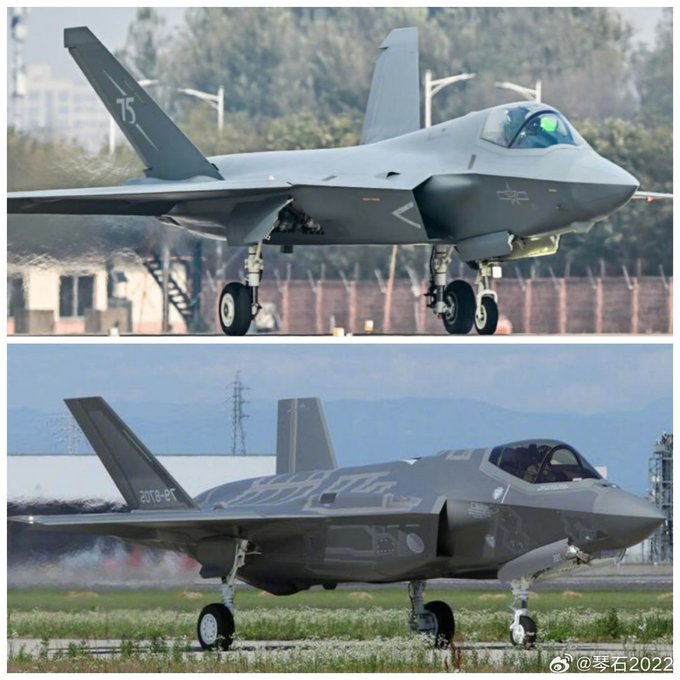
Recent reports suggest that the Egyptian Air Force has likely received its initial batch of fourth-and-a-half generation J-10CE fighters from China, equipped with PL-15 Beyond Visual Range (BVR) air-to-air missiles.
Egypt reportedly aims to acquire as many as 40 J-10CE fighters, the export version of the J-10C “Vigorous Dragon” produced by Chengdu Aircraft Corporation.
Israel’s defence establishment has become increasingly concerned about Egypt’s growing military capabilities, particularly the introduction of J-10C fighters armed with PL-15 missiles.
Israeli analysts caution that these developments could dramatically alter the Middle Eastern aerial balance, long dominated by Israel.
The PL-15 missile, capable of speeds up to Mach 4 and equipped with Active Electronically Scanned Array (AESA) radar, is reported to have an operational range exceeding 300 kilometers, making it among the longest-range air-to-air missiles currently in service.
According to Israeli defence portal Nziv, Egypt’s interest in J-10C aircraft reflects a broader strategic initiative to modernize its air force and diversify its military supply chains away from heavy reliance on the United States.
Israeli concerns are not limited to the J-10C fighter alone but extend specifically to the integration of the advanced PL-15 missile, which may enable Egyptian fighters to engage targets at significantly greater distances than previously possible.
